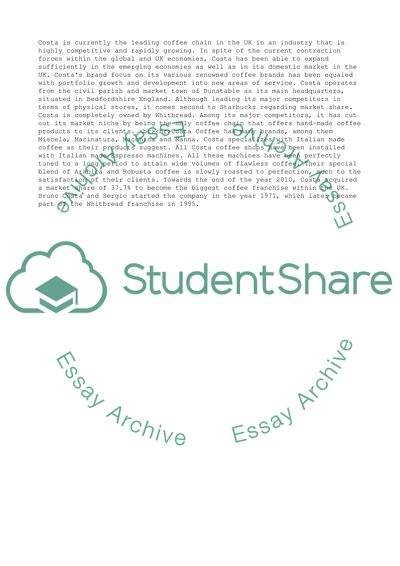Cite this document
(“Marketing Business Analysis of Costa Coffee Company Term Paper”, n.d.)
Retrieved from https://studentshare.org/business/1701405-marketing-business-analysis-of-costa-coffee-company
Retrieved from https://studentshare.org/business/1701405-marketing-business-analysis-of-costa-coffee-company
(Marketing Business Analysis of Costa Coffee Company Term Paper)
https://studentshare.org/business/1701405-marketing-business-analysis-of-costa-coffee-company.
https://studentshare.org/business/1701405-marketing-business-analysis-of-costa-coffee-company.
“Marketing Business Analysis of Costa Coffee Company Term Paper”, n.d. https://studentshare.org/business/1701405-marketing-business-analysis-of-costa-coffee-company.


